Honeydew Sleep
31 products
-
The Scrumptious Side Sleeper Pillow with Cooling Organic Pillowcase
 The Scrumptious Side Sleeper Pillow with Cooling Organic Pillowcase
The Scrumptious Side Sleeper Pillow with Cooling Organic Pillowcase- Regular price
-
From
$252.00 - Regular price
-
$308.00 - Sale price
-
From
$252.00
Quick view
-
The Scrumptious Bamboo Pillowcase for Side Sleeper Pillows
 The Scrumptious Bamboo Pillowcase for Side Sleeper Pillows
The Scrumptious Bamboo Pillowcase for Side Sleeper Pillows- Regular price
-
From
$42.00 - Regular price
-
$70.00 - Sale price
-
From
$42.00
Quick view
-
Extra Honeydew Pillow Fill
 Extra Honeydew Pillow Fill
Extra Honeydew Pillow Fill- Regular price
-
$14.00 - Regular price
-
$28.00 - Sale price
-
$14.00
Quick view
-
The Pristine Pillow Protector
 The Pristine Pillow Protector
The Pristine Pillow Protector- Regular price
-
From
$42.00 - Regular price
-
$119.00 - Sale price
-
From
$42.00
Quick view
-
Mulberry Silk Pillowcase for Side Sleeper Pillows
 Mulberry Silk Pillowcase for Side Sleeper Pillows
Mulberry Silk Pillowcase for Side Sleeper Pillows- Regular price
-
From
$126.00 - Regular price
-
$196.00 - Sale price
-
From
$126.00
Quick view
-
The Scrumptious Pillowcase for Travel Pillows
 The Scrumptious Pillowcase for Travel Pillows
The Scrumptious Pillowcase for Travel Pillows- Regular price
-
$42.00 - Regular price
-
$63.00 - Sale price
-
$42.00
Quick view
-
The Scrumptious Travel Pillow
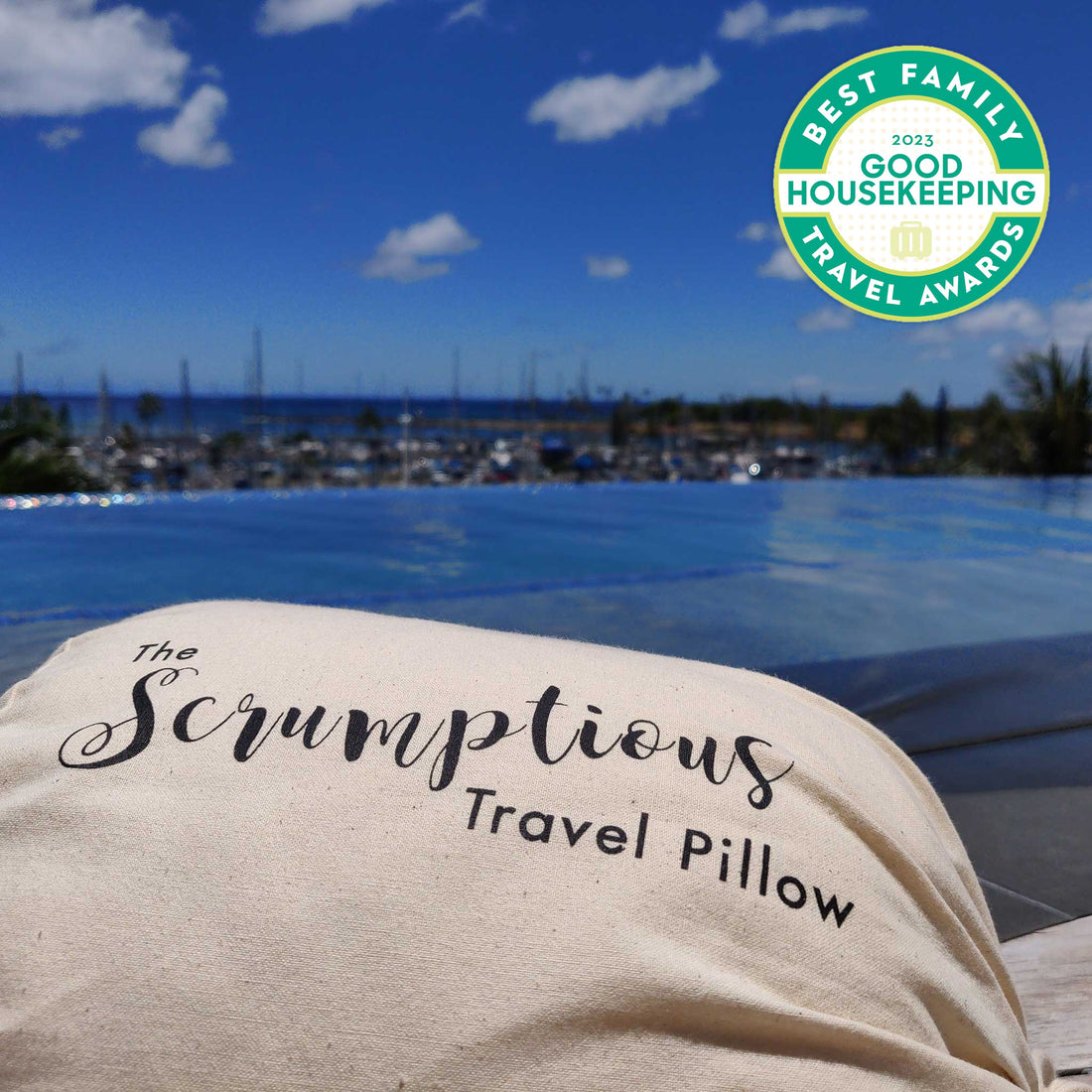 The Scrumptious Travel Pillow
The Scrumptious Travel Pillow- Regular price
-
$252.00 - Regular price
-
$308.00 - Sale price
-
$252.00
Quick view
-
The Classic Scrumptious Pillow with Cooling Organic Pillowcase
 The Classic Scrumptious Pillow with Cooling Organic Pillowcase
The Classic Scrumptious Pillow with Cooling Organic Pillowcase- Regular price
-
From
$280.00 - Regular price
-
$350.00 - Sale price
-
From
$280.00
Quick view
-
The Essence Side Sleeper Pillow
 The Essence Side Sleeper Pillow
The Essence Side Sleeper Pillow- Regular price
-
From
$182.00 - Regular price
-
$252.00 - Sale price
-
From
$182.00
Quick view
-
The Scrumptious Pillowcase for Classic Pillows
 The Scrumptious Pillowcase for Classic Pillows
The Scrumptious Pillowcase for Classic Pillows- Regular price
-
From
$49.00 - Regular price
-
$70.00 - Sale price
-
From
$49.00
Quick view
-
Body by Honeydew - The Ultimate Luxury Body Pillow
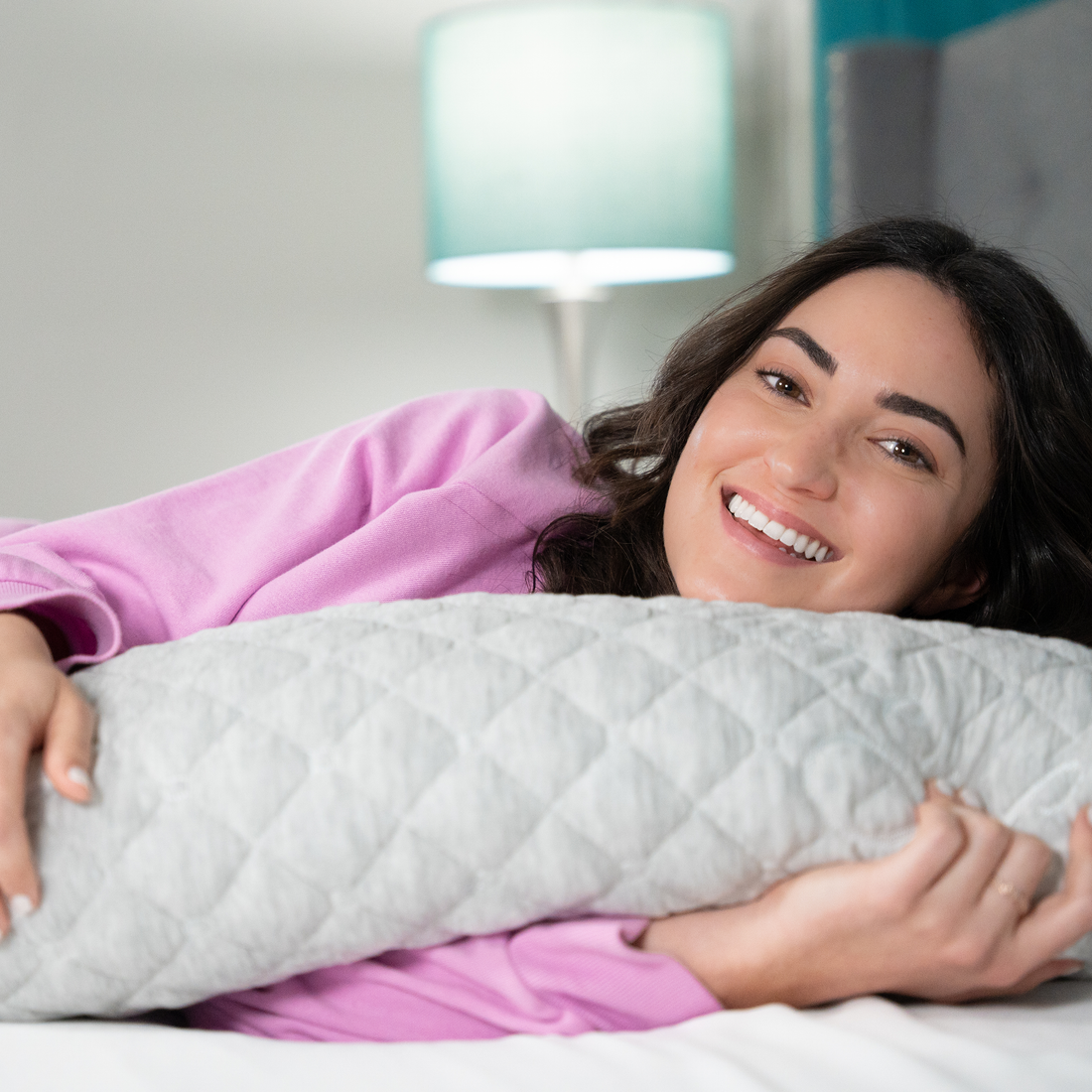 Body by Honeydew - The Ultimate Luxury Body Pillow
Body by Honeydew - The Ultimate Luxury Body Pillow- Regular price
-
$420.00 - Regular price
-
$490.00 - Sale price
-
$420.00
Quick view
-
The Scrumptious Pillowcase for Body by Honeydew
 The Scrumptious Pillowcase for Body by Honeydew
The Scrumptious Pillowcase for Body by Honeydew- Regular price
-
$70.00 - Regular price
-
$98.00 - Sale price
-
$70.00
Quick view
-
The Classic Essence Pillow
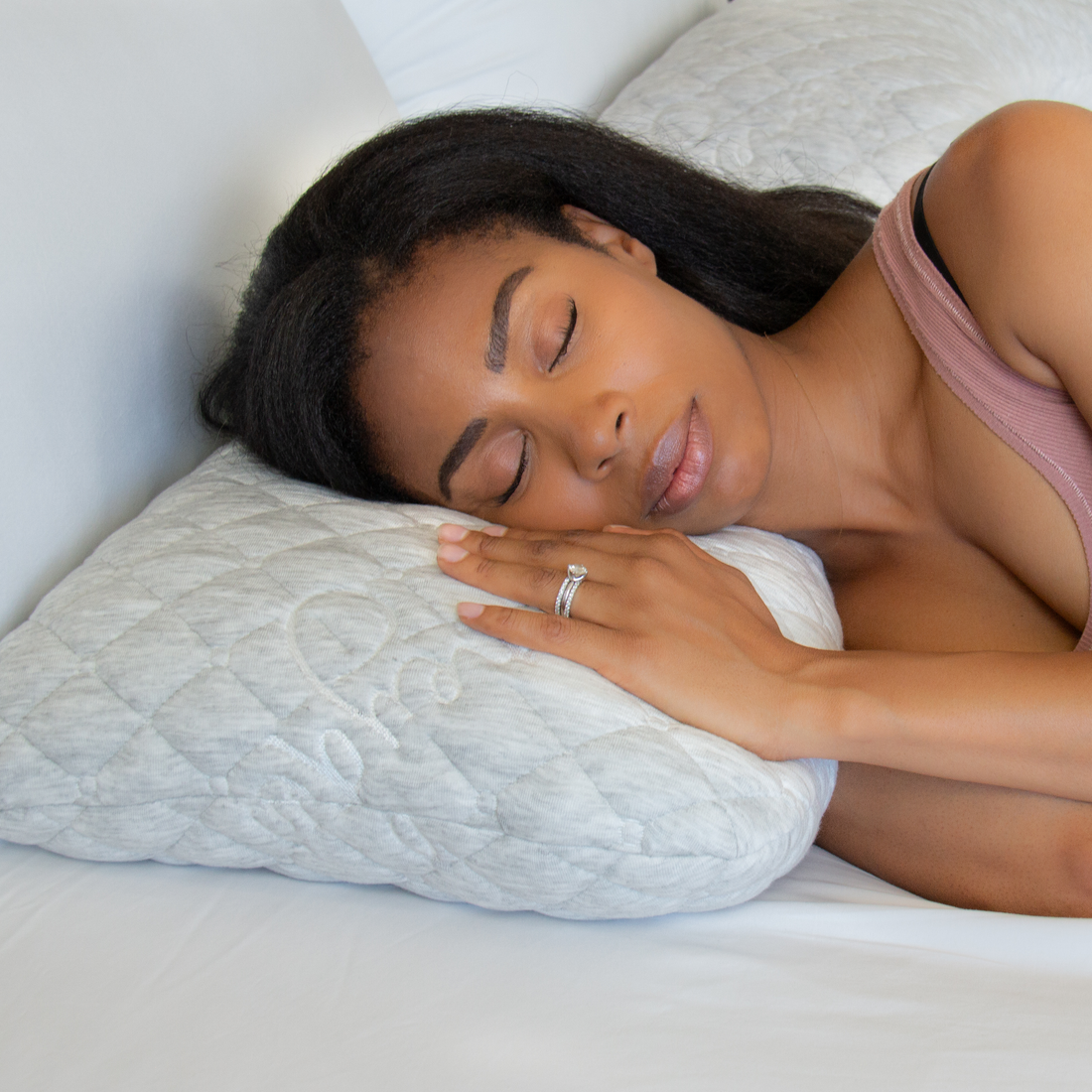 The Classic Essence Pillow
The Classic Essence Pillow- Regular price
-
From
$182.00 - Regular price
-
$252.00 - Sale price
-
From
$182.00
Quick view
-
Mulberry Silk Pillowcase for Travel Pillows
 Mulberry Silk Pillowcase for Travel Pillows
Mulberry Silk Pillowcase for Travel Pillows- Regular price
-
$126.00 - Regular price
-
$196.00 - Sale price
-
$126.00
Quick view
-
The Silk Dreams Luxury Gift Set for Side Sleepers
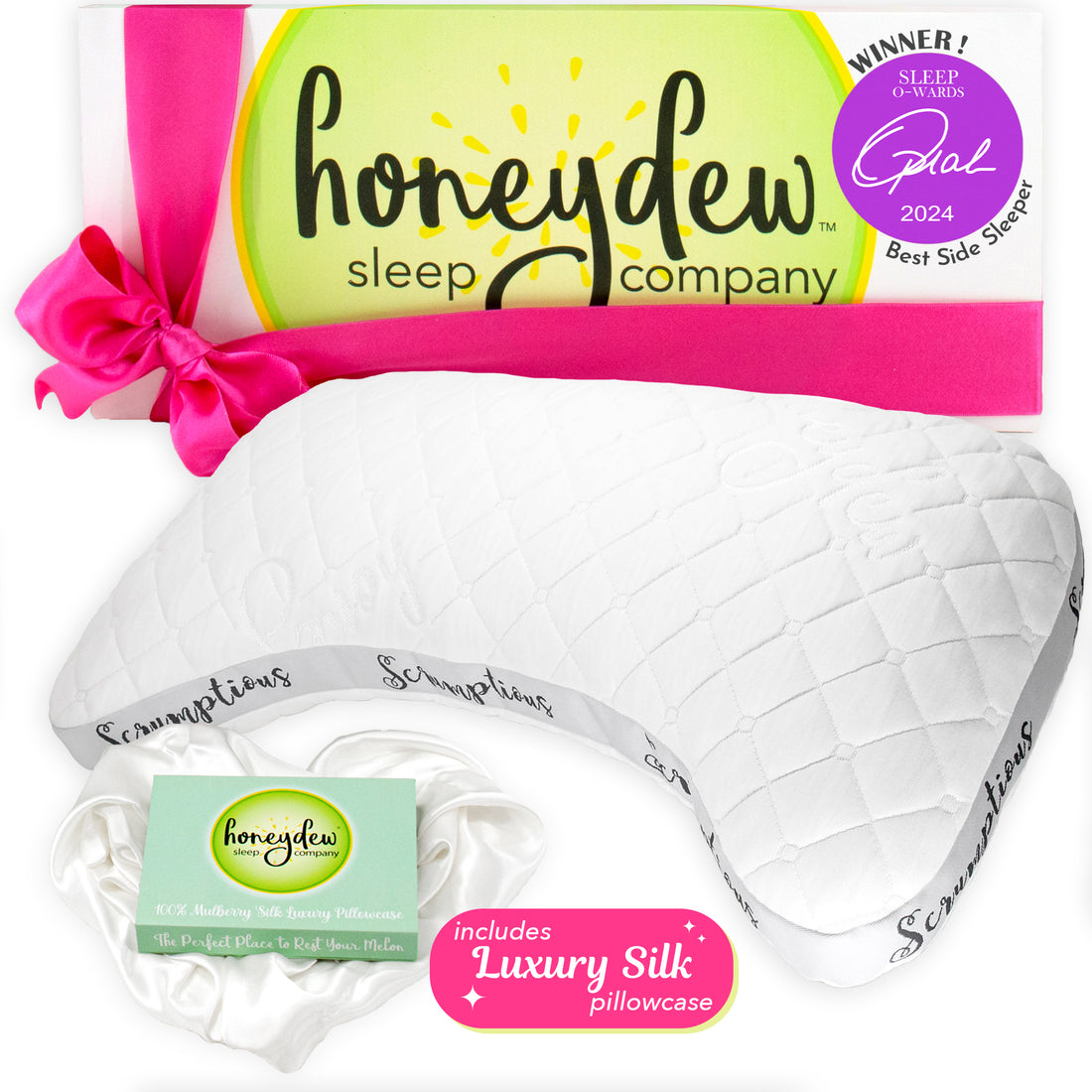 The Silk Dreams Luxury Gift Set for Side Sleepers
The Silk Dreams Luxury Gift Set for Side Sleepers- Regular price
-
From
$378.00 - Regular price
-
$543.00 - Sale price
-
From
$378.00
Quick view
-
Mulberry Silk Pillowcase for Classic Pillows
 Mulberry Silk Pillowcase for Classic Pillows
Mulberry Silk Pillowcase for Classic Pillows- Regular price
-
From
$140.00 - Regular price
-
$210.00 - Sale price
-
From
$140.00
Quick view
-
The Forever Young Beauty Box by Honeydew Sleep
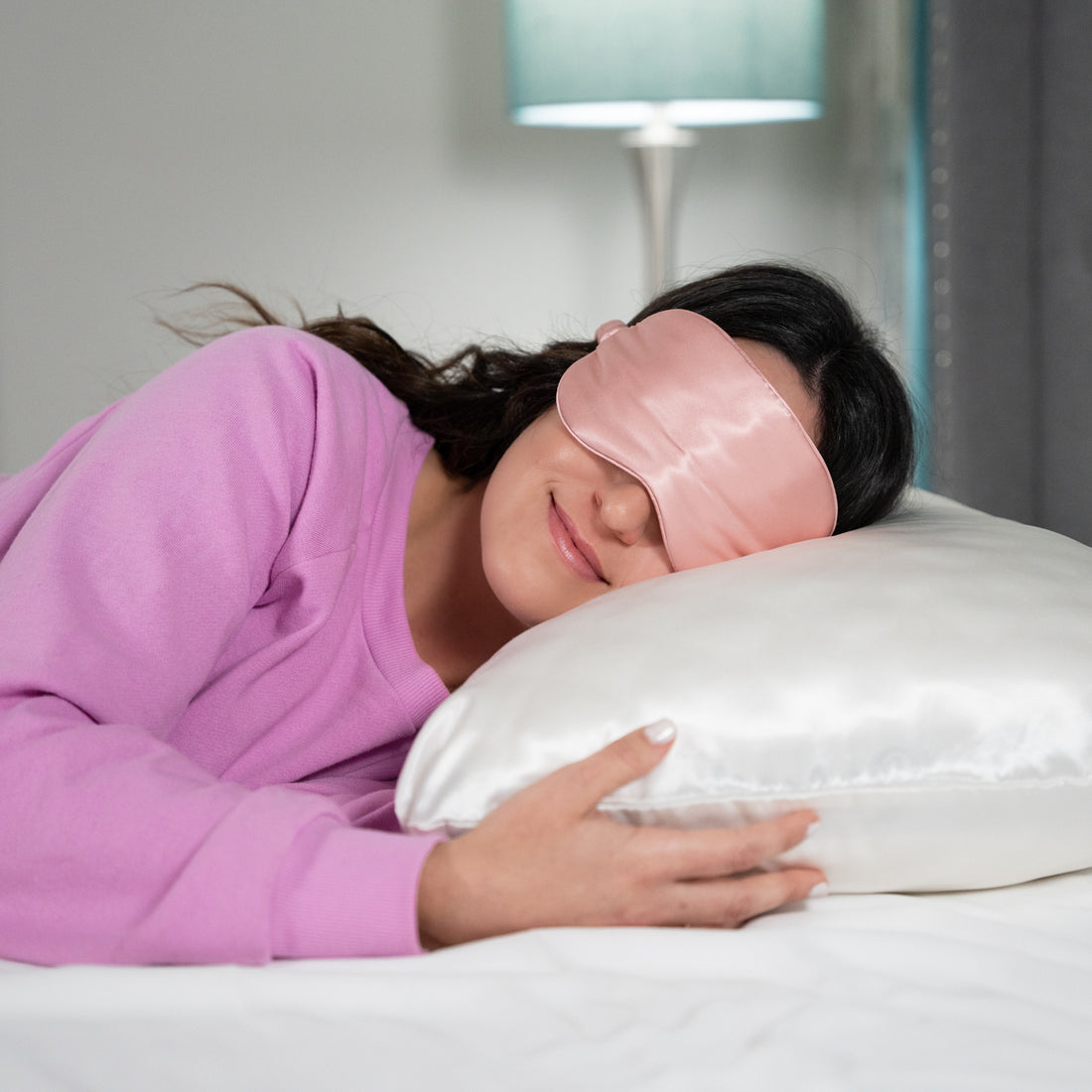 The Forever Young Beauty Box by Honeydew Sleep
The Forever Young Beauty Box by Honeydew Sleep- Regular price
-
From
$420.00 - Regular price
-
$653.00 - Sale price
-
From
$420.00
Quick view
-
Mulberry Silk Pillowcase for Body by Honeydew
 Mulberry Silk Pillowcase for Body by Honeydew
Mulberry Silk Pillowcase for Body by Honeydew- Regular price
-
$210.00 - Regular price
-
$280.00 - Sale price
-
$210.00
Quick view
-
The Silk Dreams Luxury Gift Pack - Classic Scrumptious
 The Silk Dreams Luxury Gift Pack - Classic Scrumptious
The Silk Dreams Luxury Gift Pack - Classic Scrumptious- Regular price
-
From
$378.00 - Regular price
-
$543.00 - Sale price
-
From
$378.00
Quick view
-
Honeydew Gift Card
 Honeydew Gift Card
Honeydew Gift Card- Regular price
-
$34.95 $699.05 - Regular price
-
- Sale price
-
$34.95 $699.05
Quick view
-
2 Scrumptious Side Pillows & 1 Silk Pillowcase (King Size)
 2 Scrumptious Side Pillows & 1 Silk Pillowcase (King Size)
2 Scrumptious Side Pillows & 1 Silk Pillowcase (King Size)- Regular price
-
$588.00 - Regular price
-
- Sale price
-
$588.00
Quick view
-
2 Scrumptious Side Pillows & 1 Silk Pillowcase (Queen Size)
 2 Scrumptious Side Pillows & 1 Silk Pillowcase (Queen Size)
2 Scrumptious Side Pillows & 1 Silk Pillowcase (Queen Size)- Regular price
-
$504.00 - Regular price
-
- Sale price
-
$504.00
Quick view
-
The Weekend Getaway - A Honeydew Travel Amenities Package for Couples
 The Weekend Getaway - A Honeydew Travel Amenities Package for Couples
The Weekend Getaway - A Honeydew Travel Amenities Package for Couples- Regular price
-
$923.00 $951.00 - Regular price
-
- Sale price
-
$923.00 $951.00
Quick view
-
The Pain Warrior's Secret Weapon - The Ultimate Toolkit for People with Neck Pain (Queen)
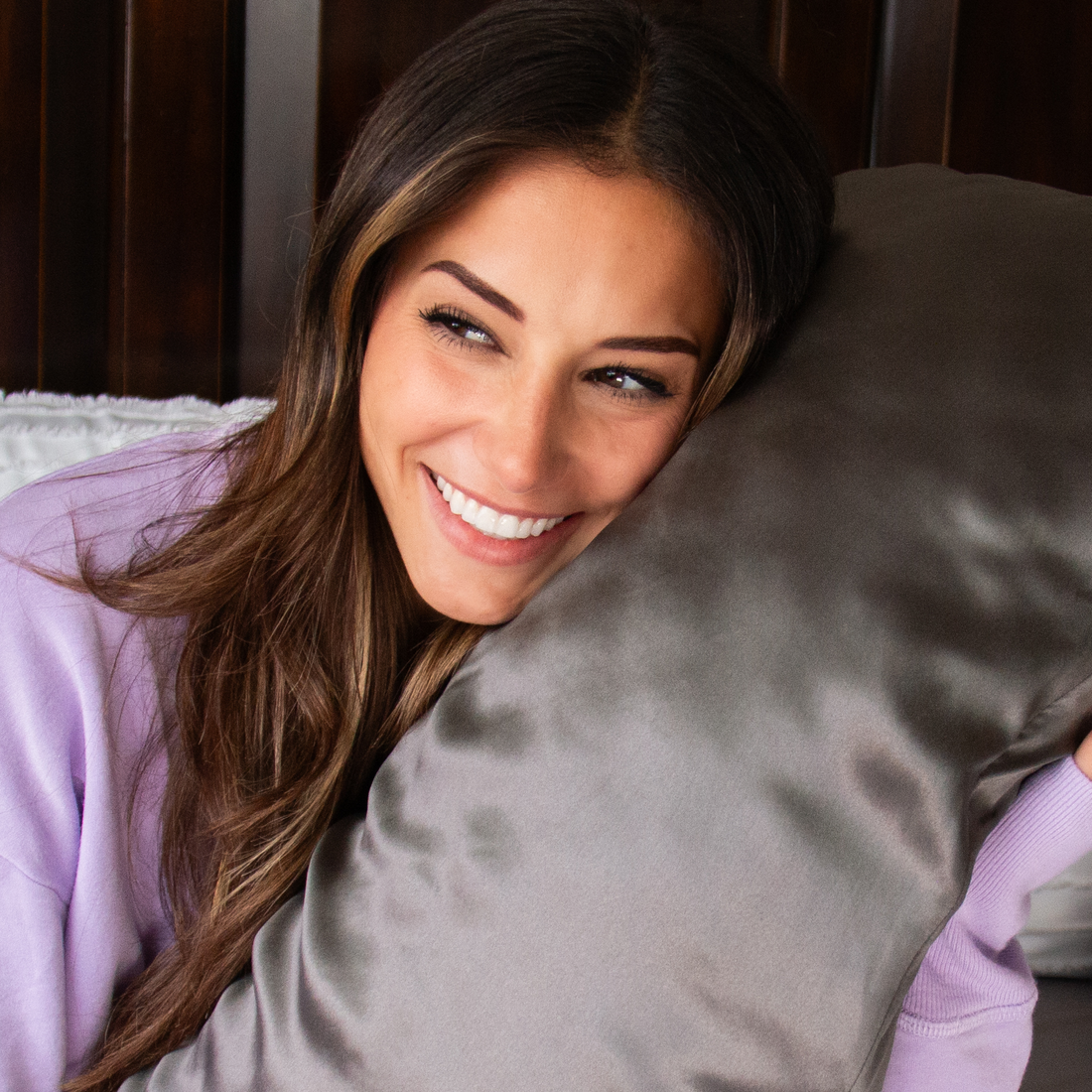 The Pain Warrior's Secret Weapon - The Ultimate Toolkit for People with Neck Pain (Queen)
The Pain Warrior's Secret Weapon - The Ultimate Toolkit for People with Neck Pain (Queen)- Regular price
-
$937.00 - Regular price
-
- Sale price
-
$937.00
Quick view
-
The Pain Warrior's Secret Weapon - The Ultimate Toolkit for People with Neck Pain (King)
 The Pain Warrior's Secret Weapon - The Ultimate Toolkit for People with Neck Pain (King)
The Pain Warrior's Secret Weapon - The Ultimate Toolkit for People with Neck Pain (King)- Regular price
-
$1,035.00 - Regular price
-
- Sale price
-
$1,035.00
Quick view
-
The Frequent Flier - A Honeydew Travel Essentials Kit for Jet Setters, Road Warriors & Adventurers
 The Frequent Flier - A Honeydew Travel Essentials Kit for Jet Setters, Road Warriors & Adventurers
The Frequent Flier - A Honeydew Travel Essentials Kit for Jet Setters, Road Warriors & Adventurers- Regular price
-
$525.00 $539.00 - Regular price
-
- Sale price
-
$525.00 $539.00
Quick view
-
Spa While You Sleep - An Anti-Aging Beauty Essentials Kit for Total Rejuvenation
 Spa While You Sleep - An Anti-Aging Beauty Essentials Kit for Total Rejuvenation
Spa While You Sleep - An Anti-Aging Beauty Essentials Kit for Total Rejuvenation- Regular price
-
$434.00 $825.00 - Regular price
-
- Sale price
-
$434.00 $825.00
Quick view
-
Silky Slumber for Scrumptious Snugglers - Full Body Comfort for Hot Sleepers
 Silky Slumber for Scrumptious Snugglers - Full Body Comfort for Hot Sleepers
Silky Slumber for Scrumptious Snugglers - Full Body Comfort for Hot Sleepers- Regular price
-
$1,035.00 $1,426.00 - Regular price
-
- Sale price
-
$1,035.00 $1,426.00
Quick view
-
His & Hers Honeydew Side Sleeper Starter Kit - The Ultimate Luxury Bed Upgrade (Queen Size)
 His & Hers Honeydew Side Sleeper Starter Kit - The Ultimate Luxury Bed Upgrade (Queen Size)
His & Hers Honeydew Side Sleeper Starter Kit - The Ultimate Luxury Bed Upgrade (Queen Size)- Regular price
-
$700.00 - Regular price
-
- Sale price
-
$700.00
Quick view
-
His & Hers Honeydew Side Sleeper Starter Kit - The Ultimate Luxury Bed Upgrade (King Size)
 His & Hers Honeydew Side Sleeper Starter Kit - The Ultimate Luxury Bed Upgrade (King Size)
His & Hers Honeydew Side Sleeper Starter Kit - The Ultimate Luxury Bed Upgrade (King Size)- Regular price
-
$1,035.00 - Regular price
-
- Sale price
-
$1,035.00
Quick view






























